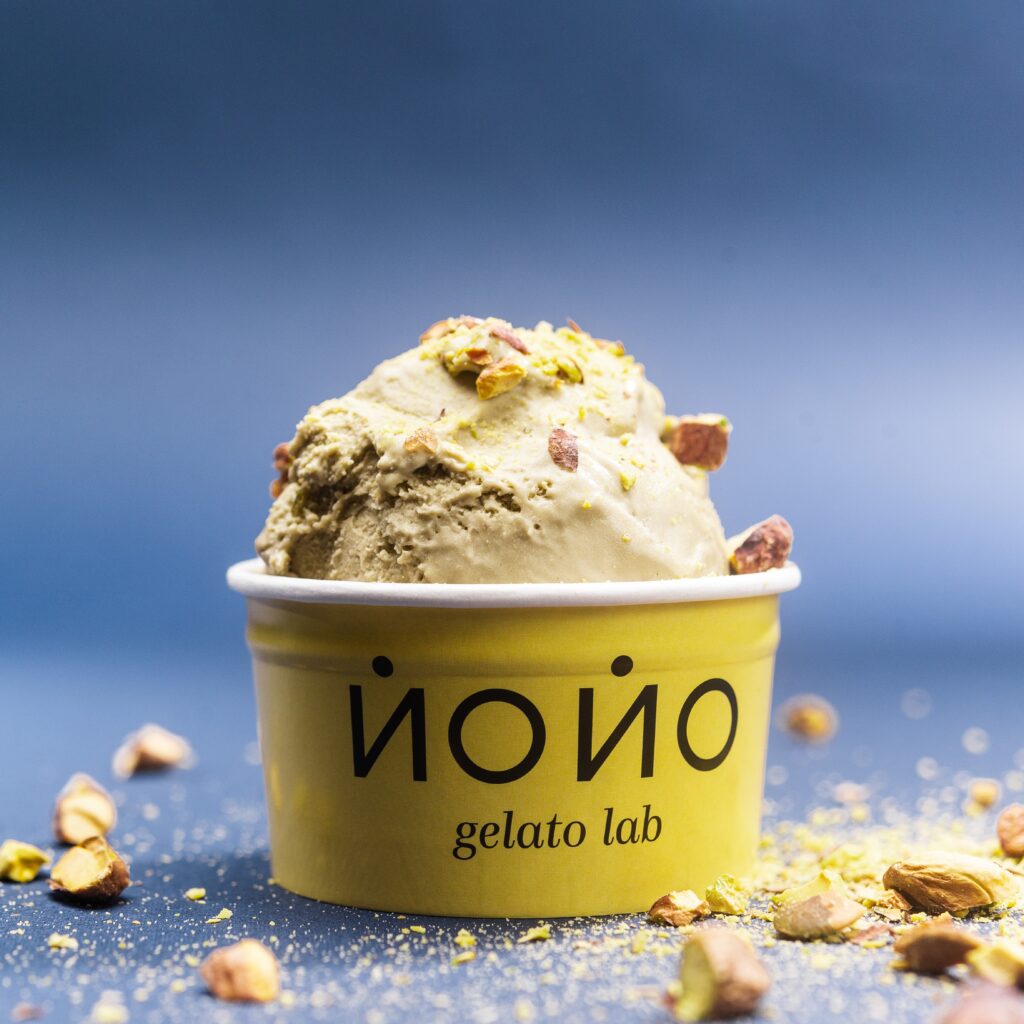Few things beat the joy of indulging in a delicious frozen dessert on a hot summer day or any time of the year. But when it comes to choosing between ice cream and gelato, many of us find ourselves at a crossroads. Both are delectable, but which one is the healthier option? In this blog post, we’ll break down the key differences between ice cream and gelato and help you make an informed decision about which frozen treat aligns better with your health goals.
What Sets Ice Cream and Gelato Apart?
Before diving into their health aspects, let’s first understand what distinguishes ice cream from gelato.
- Ingredients:
- Ice Cream: Typically made with a higher fat content due to the use of more cream. It also contains egg yolks in some recipes.
- Gelato: Contains more milk than cream and generally less fat. It usually skips egg yolks.
- Churning Process:
- Ice Cream: Churned at a faster speed, incorporating more air, resulting in a lighter texture.
- Gelato: Churned at a slower speed, making it denser and smoother.
Now, let’s examine which of these differences makes one a healthier choice.


Calories and Fat Content:
When it comes to calories and fat content, gelato often comes out as the lighter option. Because it contains less cream and fewer egg yolks, it tends to have lower fat content compared to traditional ice cream. This makes gelato a favorable choice for those watching their calorie intake and fat consumption.
Sugar Content:
Both ice cream and gelato can be high in sugar, as they rely on it for sweetness. However, it’s essential to note that some artisanal gelato recipes use less sugar than commercial ice cream brands. When selecting your frozen dessert, be sure to check the label for sugar content if you’re concerned about your sugar intake.
Texture and Serving Size:
Gelato’s smoother and denser texture might trick your taste buds into thinking it’s creamier and richer than ice cream. As a result, you might find that you’re satisfied with a smaller serving of gelato compared to ice cream, which can lead to fewer calories consumed overall.
Lactose and Dairy Sensitivity:
If you’re lactose intolerant or have a dairy sensitivity, you might be pleased to know that some gelato recipes use lactose-free milk or nut-based milk alternatives. Ice cream, on the other hand, often relies on full dairy.
Conclusion:
In the battle of ice cream vs. gelato, there isn’t a clear winner in terms of health. It ultimately depends on your dietary preferences and health goals. Gelato can be a better choice if you’re looking for a lighter option with lower fat content. However, remember that portion control and mindful eating are crucial regardless of your frozen dessert choice.
To enjoy these frozen treats guilt-free, consider making them at home, allowing you to control the ingredients and adjust the recipe to your health needs. Remember that moderation is key, and the occasional indulgence in your favorite ice cream or gelato can still be a part of a balanced diet.
In the end, whether you’re Team Gelato or Team Ice Cream, savor every bite and relish the cool, sweet moments they bring into your life.





